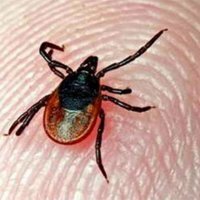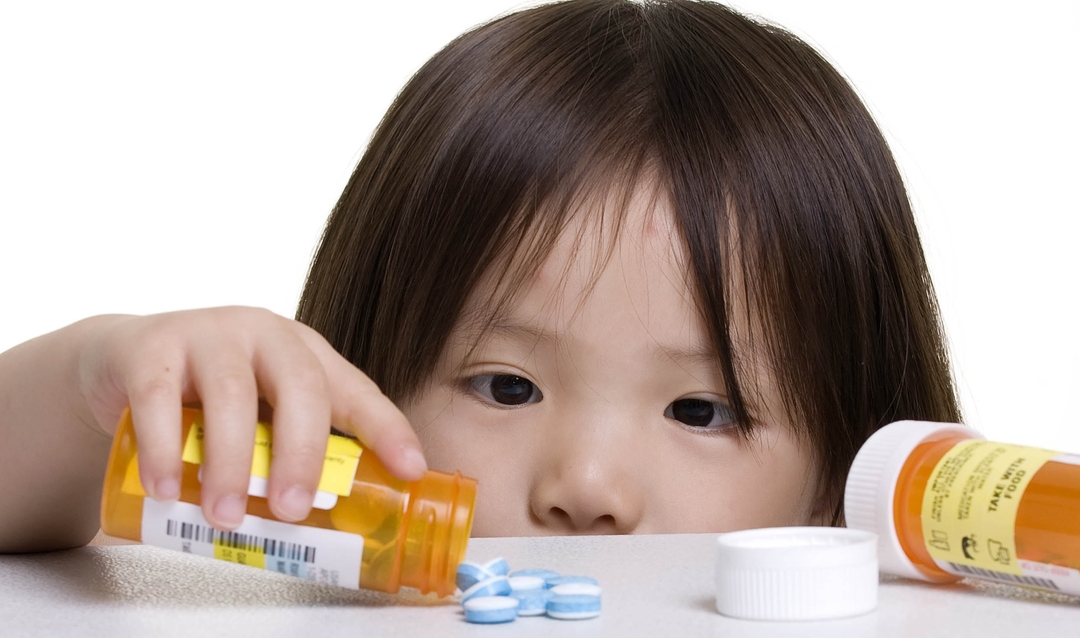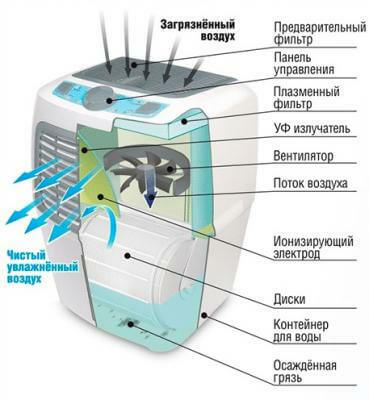Tick infections in children

Natural focal tick infections are characterized by the scale of their spread, their etiological polymorphism( viruses, bacteria, protozoa, rickettsia), a variety of nosological forms and visible manifestations. Foci of tick-borne infections are ubiquitous, with the total number of infected ticks growing every year.
Among children with tick-borne infections, children account for about 15%.When bitten by an infected tick, the child develops an infectious process that is not always characteristic of the etiologic agent. The disease can manifest a few months after the bite, forming a chronic course. Among tick borne neuroinfections in children, tick-borne borreliosis( 67.3%), tick-borne encephalitis( 20.1%) and mixed infection( 12.6%) are of decisive importance.
Types of tick infections
Tick-borne encephalitis in children is characterized by the severity of clinical symptoms, possible fatal outcomes( up to 25% of cases).The incidence ranges from 2 to 8 people per 100,000 children. Currently, the possibility of transmitting tick-borne encephalitis through blood transfusion, transplantation of stem cells or organs, during breastfeeding has been proved. The severity of the course of the disease is largely determined by the strain of the pathogen. The disease is more common among school-age children. Among the sick, there are more boys( 64.9%).
Today, erlichiosis is also not uncommon in childhood. The frequency reaches 26% depending on the region and local laboratory and diagnostic capabilities. The incubation period of the disease is from 1 to 30 days. In 1% of cases, a lethal outcome is possible. Characteristic of the development of a common infectious syndrome, combined with anicteric hepatitis and CNS damage. With a mixed infection with tick-borne encephalitis, there is a more severe course of infection and the most unfavorable prognosis. In the treatment of antibiotics are used tetracycline, as well as chloramphenicol.
Granulocyte anaplasmosis in children is diagnosed infrequently, but is more dangerous due to its consequences. The causative agent is localized in vacuoles of mature neutrophils. Rapidly developing fever, chills, a child suffering from severe headaches, there may be muscle pains, cough, abdominal pain, diarrhea, anicteric hepatitis, kidney damage. Mortality reaches 3%.Antibiotic treatment with tetracycline antibiotics is carried out together with chloramphenicol.
There are also two rickettsiosis groups of spotted tick-borne fevers: Astrakhan rickettsial fever and tick-borne rickettsiosis. A distinctive feature of these infections is the early onset of the epidemic season and its long duration - from April to October. With rickettsiosis, the child develops fever, chills, severe headache, and pain in the joints and bones, and marked weakness. On 3-5 days there is a rash, first on the limbs, later on the trunk, face and neck. In the treatment, tetracycline and chloramphenicol are used.
Clinical manifestations of
There is a direct correlation between the clinical manifestations of the disease and the age of the child. The prevalence of intoxication symptoms, fever, polyadenitis, hepatomegaly, process chronicity( 15%) in children aged 3 months to 6 years compared with school-age children. In schoolchildren with a more mild course of the disease, a chronic form develops more often( in 45% of cases).
The nature of the course of the disease is determined by the clinical form. For example, in erythematous form in 70% of cases the disease has a smooth course, recovery occurs in 6-19 days. With no-erythematous form, a smooth course of the disease is noted in 58% of cases. Chronic forms of tick-borne infections develop after 3-6 months, and sometimes 1-5 years after the latent acute period.
Treatment of
Various antibacterial drugs are used to treat tick infections. Efficacy of early use of cephalosporins of the 3rd generation was proven for 10 days. In the future, penicillin is prescribed for 3-6 months to fix the main effect and sanitize the child's body from borreliosis infection.
Antihypoxants, nootropics, antioxidants, angioprotectors( with neuroborreliosis) are used as complementary therapy, and non-steroidal anti-inflammatory drugs are involved in the defeat of the musculoskeletal system. Prevention of tick-borne infections is reduced to preventing tick bites and conducting acaricidal measures to kill ticks.



